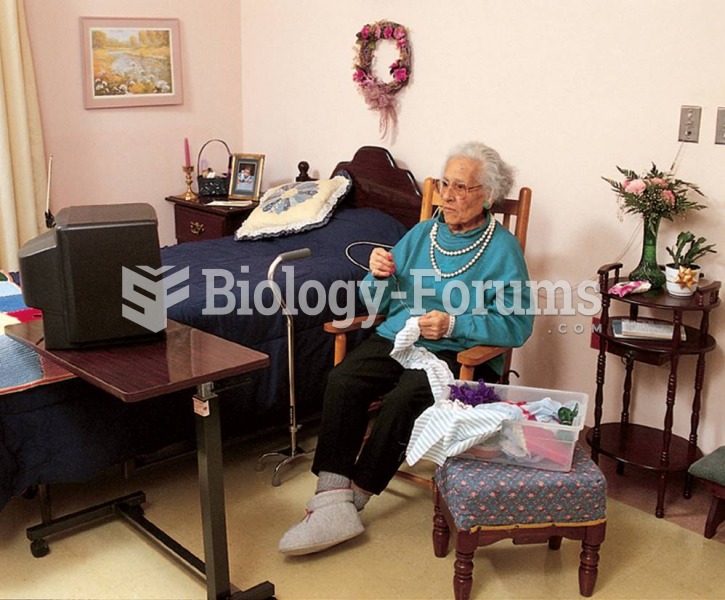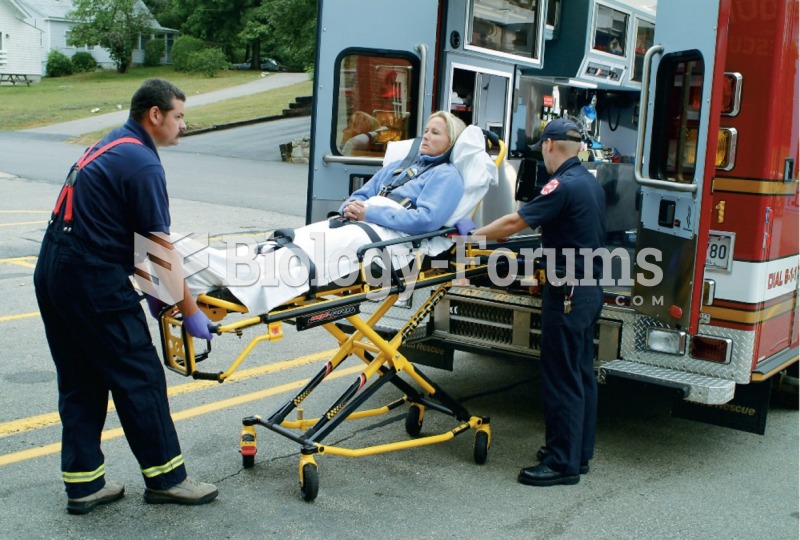Answer to Question 1
ANS: B
Triage, a form of emergency assessment, is the classification of patients according to treatment priority. Patients are categorized by the urgency of their condition. Most emergency departments use a three- or five-tier triage system; the trend is toward a five-tier system. The classifications in the three-tier system are emergent, urgent, and non-urgent. The five-tier system classifies patients by levels numbered 1 through 5. Level 1 is considered critical: life-threatening conditions require immediate and continuous care such as severe trauma, cardiac arrest, respiratory distress, seizure, or shock. Level 2 emergencies can be imminently life-threatening conditions requiring care within 30 minutes, such as chest pain or major fractures, with severe pain. Level 3 is considered urgent: potentially life-threatening conditions that require care within 30-60 minutes, such as minor fractures, lacerations, and dehydration. Level 4 is considered non-urgent, stable health conditions that require care within 60-120 minutes, such as sore throats and abrasions.
Answer to Question 2
ANS: C
Palpation uses touch to assess body organs and skin texture, temperature, moisture, turgor, tenderness, and thickness. Inspection involves the use of vision, hearing, and smell to closely scrutinize physical characteristics of a whole person and individual body systems. Percussion involves tapping the patient's skin with short, sharp strokes that cause a vibration to travel through the skin and to the upper layers of the underlying structures. Auscultation is a technique of listening with the assistance of a stethoscope to sounds made by organs or systems such as the heart, blood vessels, lungs, and abdominal cavity. Vibration is reflected by the tissues, and the character of the sound heard depends on the density of the structures that reflect the sound.







